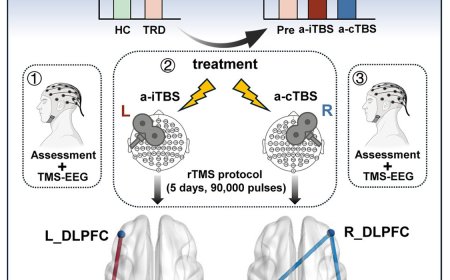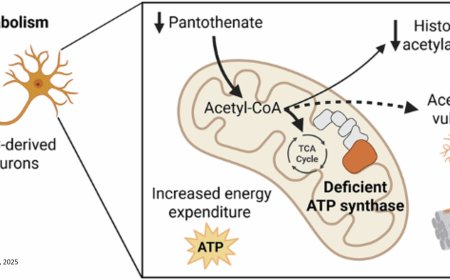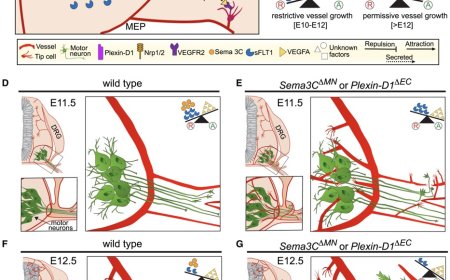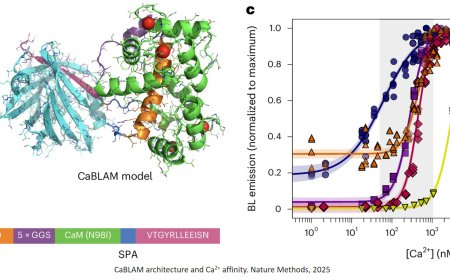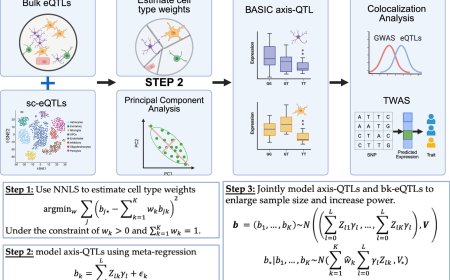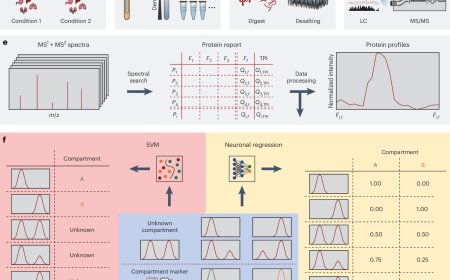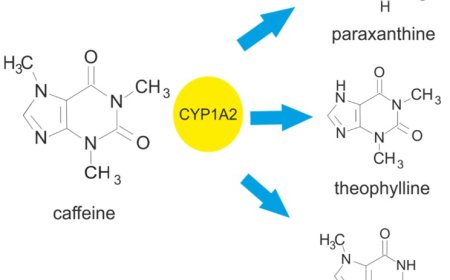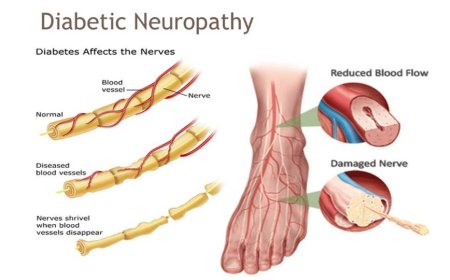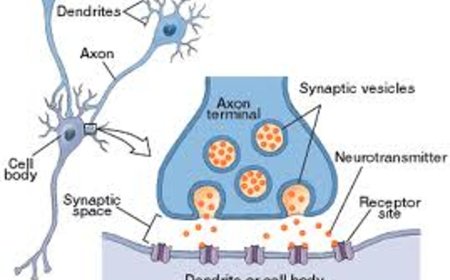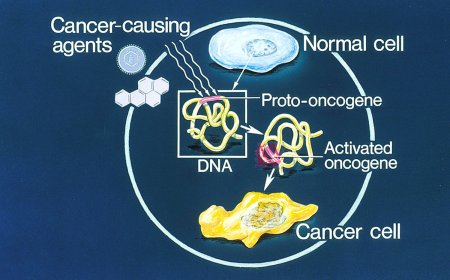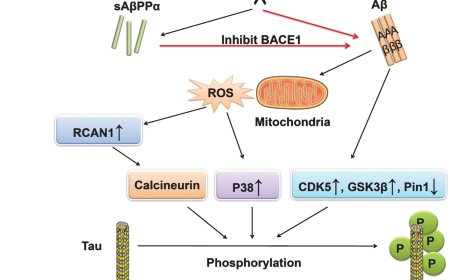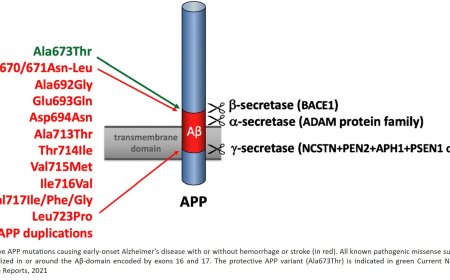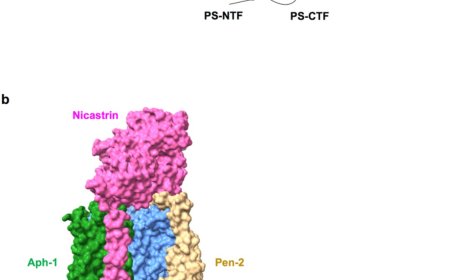Late-Onset Alzheimer's Disease (LOAD)
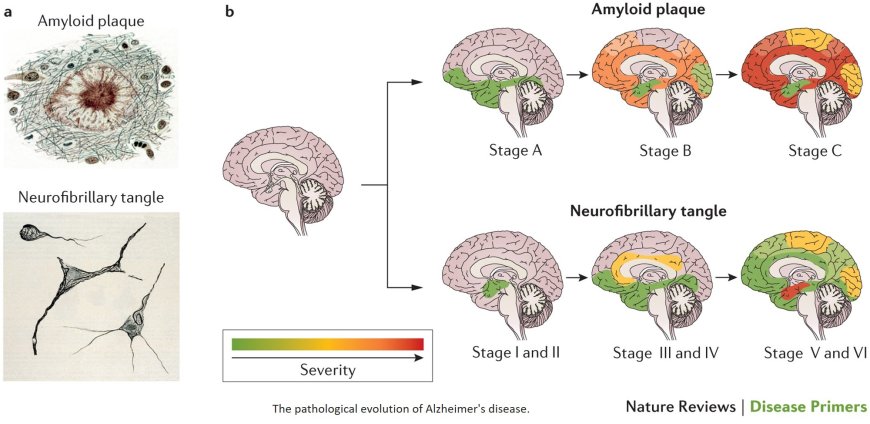
Late-Onset Alzheimer's Disease (LOAD) is the most common form of Alzheimer's disease, accounting for approximately 90% of all Alzheimer's cases. Here's an overview of LOAD:
Definition and Diagnosis
1. Age of onset: LOAD typically affects people over the age of 65.
2. Symptoms: Symptoms are similar to those of early-onset Alzheimer's disease, including memory loss, cognitive decline, and dementia.
3. Diagnosis: Diagnosis is based on a combination of clinical evaluation, laboratory tests, and imaging studies.
Risk Factors
1. Age: Increasing age is the greatest risk factor for LOAD.
2. Family history: Having a first-degree relative with Alzheimer's disease increases the risk.
3. Genetics: The presence of the APOE ε4 allele increases the risk of LOAD.
4. Lifestyle factors: Factors such as physical inactivity, smoking, and poor diet may contribute to the risk.
Pathology
1. Amyloid-β plaques: The accumulation of amyloid-β peptides in the brain leads to the formation of plaques.
2. Neurofibrillary tangles: The accumulation of tau protein leads to the formation of neurofibrillary tangles.
3. Neuroinflammation: Activation of immune cells and inflammation in the brain contribute to the pathology.
Treatment and Management
1. Cholinesterase inhibitors: Medications such as donepezil, rivastigmine, and galantamine can help manage symptoms.
2. Memantine: A medication that can help slow cognitive decline.
3. Combination therapy: Combining medications and non-pharmacological interventions can help manage symptoms and improve quality of life.
Research and Future Directions
1. Genetic research: Ongoing research aims to identify new genetic risk factors and develop personalized treatments.
2. Biomarker development: Researchers are working to develop biomarkers for early detection and monitoring of LOAD.
3. Immunotherapy: Immunotherapies targeting amyloid-β and tau proteins are being explored as potential treatments.
https://journals.plos.org/plosone/article?id=10.1371/journal.pone.0177044
